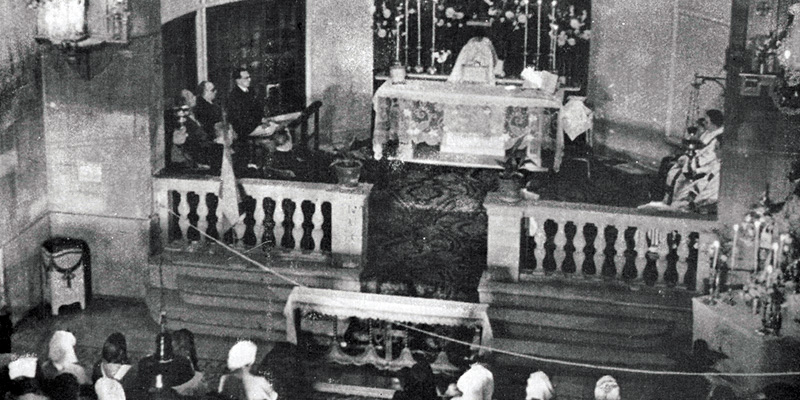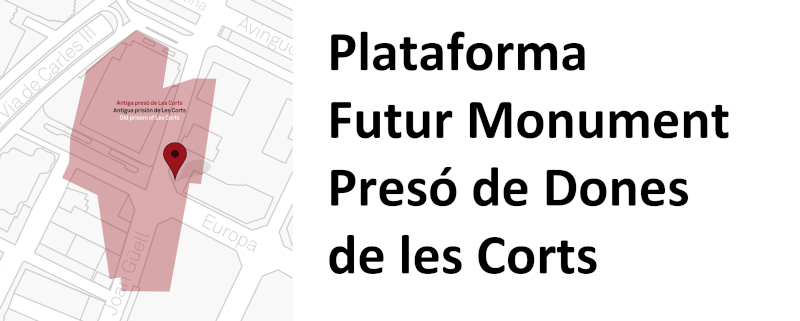This gallery contains images intended to give a comprehensive idea of the physical characteristics of the women’s prison premises.
The lie of that regime was visual, first and foremost visual, and in the future, it will be essential for historians to accompany their analytical writing with images of those bloody actors.
Manuel Vázquez Montalbán, Autobiografía del general Franco, 1992
The following galleries are mainly composed of images of Les Corts prison reproduced in the official publications of the Francoist regime about the penitentiary system. Most of the photographs were intended for inclusion in the pages of the Memories of the Patronage for the Redemption of Sentences through Work, published annually, and in the internal circulation weekly Redención. Through these images, the regime endeavoured to present its best face. Thus, they must be read between the lines, in the light of documents and testimonies.
The aim was to depict a prison where female inmates worked diligently or participated in religious celebrations with their children, under the satisfied gaze of the nuns. Work and religion form the two main visual axes: work as opposed to “idleness as the root of all sin,” and charity during the exceptional occasions when the children of inmates not imprisoned alongside their mothers were allowed to spend a few hours inside the prison, three times a year—on the feast days of Our Lady of Mercy, patroness of prisoners, and those of Carmen and Epiphany.
The numerous photographs of inmates receiving visits from their children on these three occasions, overwhelmingly predominant in official publications, primarily reflect the image the regime sought to project. Daily reality, however, was far greyer and more monotonous, far removed from the public eye.
It is no coincidence that the largest group of mostly official images consists of photographs of the Feast of Our Lady of Mercy.
This gallery brings together images, most of which come from official publications, depicting various activities.
The photographs depicting work in the textile workshops or the farm-garden of Les Corts provide little insight into the harsh reality of a uniquely gruelling labour regime.















